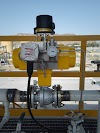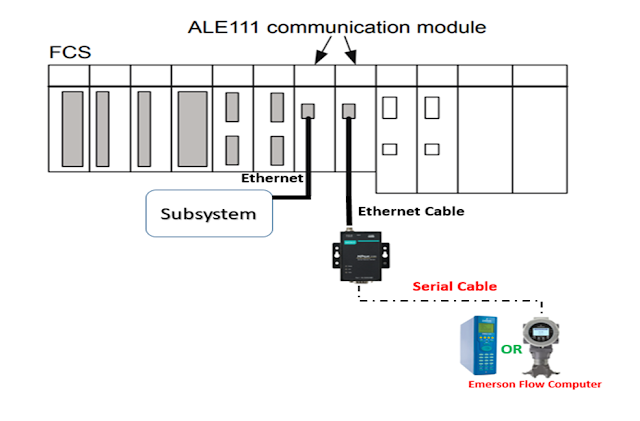Design For A Stand-Alone Solar PV System
Things to consider prior to designing the Solar PV system
- Total connected/anticipated load
- Budget Limitation
- Mode of control Or Nature of design
Let's begin,
First of all the designer or the Electrical engineer should know the total load. The same can be assessed as per the following assessment chart.
Design Criteria
A. Inverter:
Depending upon the load required the size of the inverter is calculated.
the inverter can be greater than the load required i.e., it can be oversized but it cannot be undersized.
The required power from the inverter is 1280Wh/day(AC Supply) = Total load is 245 Watt. Oversizing the inverter by 20% - 30%.
245 + 245x 30%
245 +73.5
318.5 Watt
The required inverter rating is 318 Watt or as available in the market.
Note: As the inverter is available in fixed size in the market, we can select the one that is close to the requirement.
B. Determination of System Voltages:
As the stand-alone system is powered with a battery bank backup. We need to determine system voltages. Here the voltage refers to the battery bank backup. There are different fixed voltages and they can increase with an increase in load.
- System voltages are generally 12, 24, and 48VDC. The voltage is determined by the requirement of the system.
- In a larger system, 120 volts or 240VAC could be used, but there are not typical household systems.
- As a general rule, the recommended system voltage increases as the total load increase.
- For small daily loads, a 12-volt system voltage can be used. For intermediate daily loads, 24-volt, and for larger loads, 48-volt system is used.
C. Battery Sizing:
Battery sizing is calculated by taking the output of the inverter after the losses in the inverter are taken into consideration.
The following calculations are done in order to size the battery:
The required power from the inverter is 1280Wh/day(AC supply)
Let's assume inverter efficiency as 85%, then
= 1280wh/day / 0.85
= 1506 wh/day
As we have discussed earlier that DC system voltage for intermediate load is 24 VDC then,
= 1506 wh/ day / 24 VDC
= 62.75AH
C.1: Depth of Discharge(DOD)
- It is used to describe how deeply the battery is discharged.
- If we say a battery is 100% fully charged that means the DOD of the battery is 0%
- If we say a battery has delivered 30% of its energy; DOD of the battery is 30%
- SOC stands for stats of charge of battery
- DOD is the opposite of SOC.
Different types of batteries have different percentages of DOD
- For lead-acid batteries 50% of DOD
- For Li-Ion batteries 80% of DOD
C.2: Autonomy
The Autonomy defines battery backup during the night hours and rainy days when there is no supply from the sand-alone PV system.
Assuming that we are using Lead-acid batteries. Calculation of depth of discharge will be as under:
= 62.75Ah/0.5 ; 24 volt
=125.5 Ah/day; 24 volt
Assuming we require backup duration for 03 days:
From the above calculation, DOD is 125.5 Ah/day so
= 125.5 Ah/day x 3 day
=376.5 Ah or
=400 Ah
Considering we use a battery of 100Ah(12 volts) then we will require 08 batteries to achieve 03 days of autonomy.
D. PV Module Sizing:
Based on the output power of the battery PV module is designed or how much power of PV module should deliver is calculated. The output of PV modules also depends on location. For example, in Lucknow, it ranges from 4 to 6 KWh/ M2/ day.
Lets suppose efficiency of battery is 80% then:
= 1506 Wh/day / 0.8
= 1883 Wh/day
Solar radiation of Lucknow is approx 4.5 KWh/M2/day
Solar panel required to meed this load = 1883/4.5
= 418.44 Wp or 500 wp
Acknowledgment:
This work is the digital transcirption of hand written notes by https://www.linkedin.com/in/raman-kumar-666436141
This work is the digital transcirption of hand written notes by https://www.linkedin.com/in/raman-kumar-666436141











0 Comments